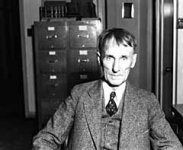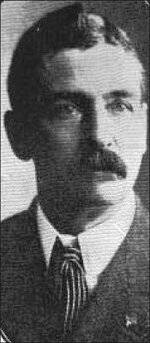Not Peralta
Bronze Member
- Mar 23, 2013
- 2,167
- 3,061
- Primary Interest:
- All Treasure Hunting
there is no proof the so called Dutchman ever had a mine.np
there is no proof the so called Dutchman ever had a mine.np
dirty Dutchman, either you don't know how to read, or you cant look at real proof ,apparently you have never read my post, until you open your eyes have a nice day.np



dirty Dutchman, either you don't know how to read, or you cant look at real proof ,apparently you have never read my post, until you open your eyes have a nice day.np
not many saints in the southwest...outside of the good father kino...and there are stories about him also...
I still feel there is a chunk of Arizona history expunged...we have detailed accounts about some people...and little of no knowledge of others, who were here long before some of the most notable...
al sieber's claims at bitter water, ended up as part of the united verde copper company...
fred haught, one of the first miners/cowboys into tonto basin...is barely mentioned in any mining literature.
I could go on...some of the old timers behavior is nauseating at best...but that was the time they lived in.


Editing a book is not writing or rewriting, it is correcting grammar and punctuation, arranging the sentences, paragraphs and chapters into readable sequence and deleting parts that are redundant or boring to the reader. Adjectives and adverbs are added in editing but not subjects, people , places or events. Editors do not write or rewrite books, they aid in the grammatical, sequential and interesting flow of the book.
Hello Mr. Roberts,
Let`s have a little fun with this. How about John Lindley Higham. Probably a bad guess, maybe not a guess. Anyway good luck and hope some other jump in with some ideas.
Starman